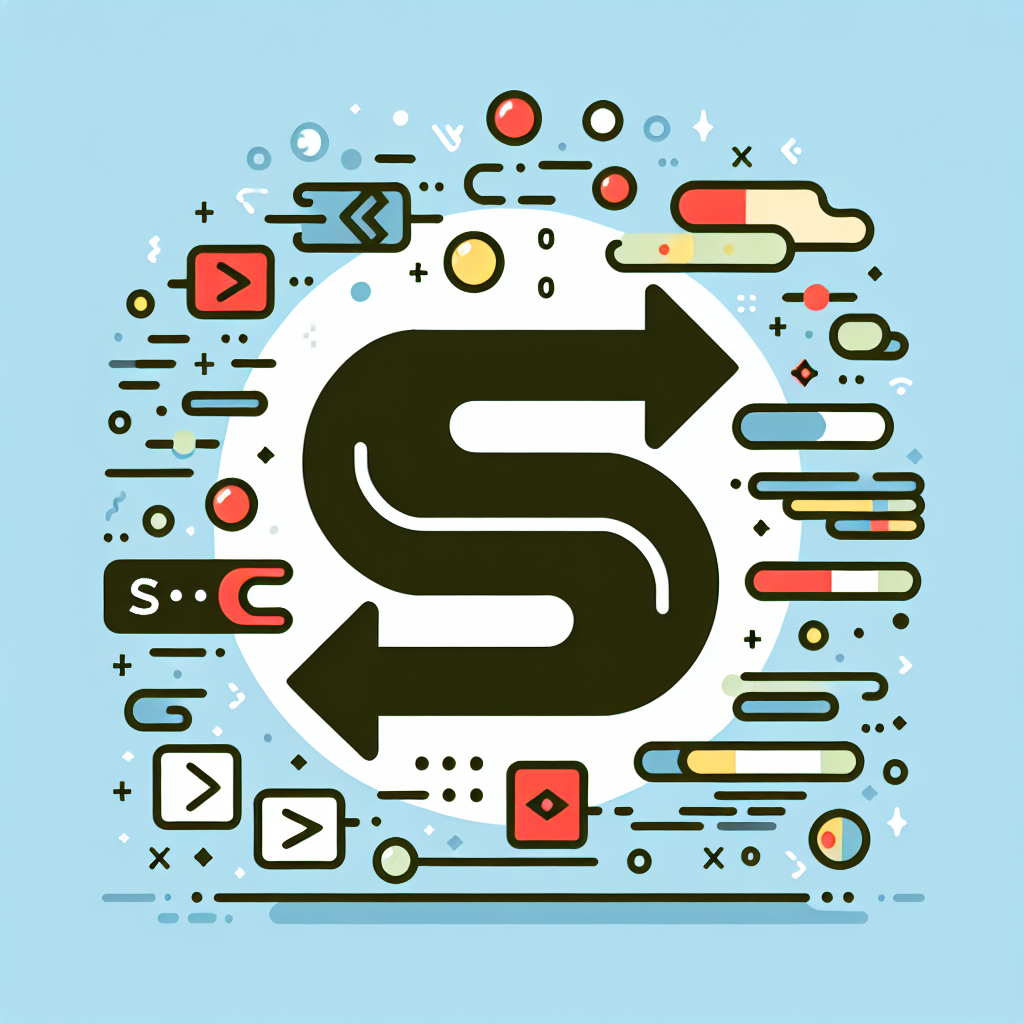Convert Assembly to Swift: Fast & Easy Tool Online
Effortlessly convert assembly language to Swift with our innovative tool. Enhance coding efficiency and streamline development. Try it now for seamless transitions!
Source Code
Converted Code
Output will appear here...
Our Assembly Language to Swift converter streamlines the transition from low-level coding to modern app development, enhancing efficiency and reducing errors. Perfect for developers upgrading legacy systems or optimizing performance, this tool simplifies code translation while preserving functionality. Harness the power of Swift with ease, boosting productivity and future-proofing your projects.

Assembly Language to Swift Conversion Tool Link to this section #
The 'Assembly Language to Swift' tool is designed for developers and engineers seeking to migrate low-level assembly code into high-level Swift syntax. This seamless transition empowers developers to leverage Swift's modern features while maintaining the efficiency of assembly language.
Key Features Link to this section #
- Automatic Translation: Convert complex assembly instructions into Swift code with minimal manual intervention.
- Optimization: Enhanced performance by optimizing Swift code for Apple's hardware architecture.
- Support for Multiple Platforms: Compatible with various assembly dialects, including ARM and x86.
Benefits Link to this section #
- Increased Productivity: Save time by eliminating the need for manual rewriting.
- Improved Readability: Gain access to Swift's clean and readable syntax, enhancing code maintainability.
- Enhanced Safety: Leverage Swift's strong typing and error handling for more secure applications.
Code Example Link to this section #
Here's a basic example of how the tool translates assembly code into Swift:
Assembly Code (ARM):
MOV R0, #5
ADD R0, R0, #3
Swift Code:
var register0: Int = 5
register0 += 3
Use Cases Link to this section #
- Legacy System Modernization: Upgrade outdated assembly codebases to Swift for integration into modern Apple ecosystems.
- Cross-Platform Development: Simplify the process of adapting applications for iOS and macOS by converting assembly code into Swift.
Getting Started Link to this section #
- Input your assembly code: Paste your assembly instructions into the tool's interface.
- Review the Swift output: Ensure the translated code meets your application's requirements.
- Implement and Test: Integrate the Swift code into your project and perform thorough testing.
For further insights and tutorials, explore resources like Apple Developer Documentation and Swift.org. These platforms provide in-depth knowledge about Swift's capabilities and best practices.
Frequently Asked Questions
What are the main differences between assembly language and Swift?
Assembly language is a low-level programming language that provides a direct interface to the hardware, allowing for detailed control over computer resources. It requires understanding of the computer's architecture and is often used for performance-critical tasks. Swift, on the other hand, is a high-level programming language developed by Apple for iOS, macOS, watchOS, and tvOS app development. It is designed for safety, performance, and modern software development practices, offering features like easy syntax, type safety, and automatic memory management.
Can you convert assembly code directly to Swift?
Direct conversion of assembly code to Swift is not straightforward due to the fundamental differences in abstraction levels. Assembly language operates at the hardware level with specific instructions for the CPU, while Swift is a high-level language that abstracts these details. To convert assembly code to Swift, one must understand the logic and functionality of the assembly code and then reimplement it using Swift's constructs and libraries.
Why might a developer choose Swift over assembly language for a project?
A developer might choose Swift over assembly language for several reasons: Swift offers higher-level abstractions, making it easier and faster to develop applications. It provides safety features, such as type checking and error handling, reducing the likelihood of bugs. Swift's modern syntax and robust libraries speed up the development process, and it integrates seamlessly with Apple's ecosystem, making it ideal for app development on Apple platforms. Assembly language, while powerful, requires more expertise and time to manage low-level details.